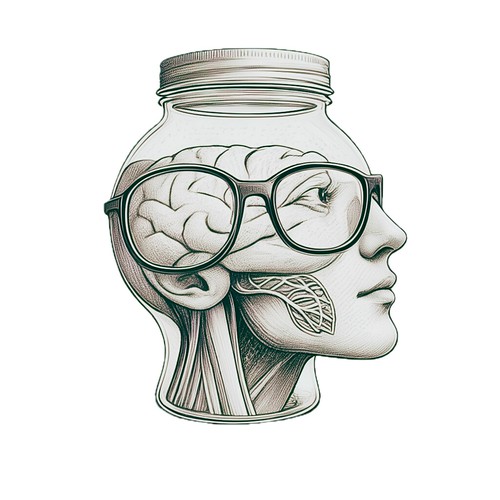Letters of John Calvin volume 1
When I should be memorizing the clinical practice recommendations on bladder
cancer, I find myself starting a new book. I make it sound as if this is not my
fault (it is), that I’ve been forced into it somehow (it's completely voluntary). Months away from my diplomate
exam, it is almost illegal to insert other leisurely reading materials other
than DeVita and the NCCN guidelines. But I cannot resist not reading anything by
John Calvin, one of my all-time favorite writers and thinkers, a hero of the
Christian faith. I adore him to such an extent that I went to Geneva largely to
visit the Reformation Museum and to see his handwriting for myself. It was my
version of being a fan. (The main purpose of the trip was to accompany my good
friend, Harold, when we presented our paper on pancreatic cancer. But the
Reformation Museum was my ulterior motive.) I have long since overcome the need
to keep abreast with the latest trends in pop culture. I simply cannot keep up.
In exchange, I have, to my pleasure, discovered that reading ancient texts can
be a breath of fresh air, a relaxing communion for my mind and soul.
The book I’m talking about is Volume 1 of Letters of John Calvin, compiled and translated from the Latin and French by Dr. Jules Bonnet. Reading published correspondence is the scholarly version of stalking. Whereas the Institutes sounds like an elegant and elaborate treatise of Christian faith—and it is!—the Letters offers a more intimate and personal view of Calvin. What was he like in person? How did he relate to his friends?
The collection’s preface refers to John Calvin’s correspondence as a body of work “in which the familiar effusions of friendship are mingled with the more serious questions of theology, and with the heroic breathings of faith.”
In his letter of Francis Daniel (dated 23 May 1532, written in Paris), his friend from Orleans, Calvin gives an update that his first work, Commentaries of the Books of Seneca, “De Clementia,” has been printed, but at his own expense.
We also learn that Calvin was seen-zoned. In his letter to Francis Daniel (1532), he writes:
The book I’m talking about is Volume 1 of Letters of John Calvin, compiled and translated from the Latin and French by Dr. Jules Bonnet. Reading published correspondence is the scholarly version of stalking. Whereas the Institutes sounds like an elegant and elaborate treatise of Christian faith—and it is!—the Letters offers a more intimate and personal view of Calvin. What was he like in person? How did he relate to his friends?
The collection’s preface refers to John Calvin’s correspondence as a body of work “in which the familiar effusions of friendship are mingled with the more serious questions of theology, and with the heroic breathings of faith.”
In his letter of Francis Daniel (dated 23 May 1532, written in Paris), his friend from Orleans, Calvin gives an update that his first work, Commentaries of the Books of Seneca, “De Clementia,” has been printed, but at his own expense.
At present, I am using every endeavor to collect some of it back. I have stirred up some of the professors of this city to make use of them in lecturing.Therefore, rumaraket din si Calvin.
We also learn that Calvin was seen-zoned. In his letter to Francis Daniel (1532), he writes:
I have nothing to write to Duchemin, seeing that often as I have asked he often returns no answer, nor shall I set out upon my journey until he write. What will it matter, if for some days I shave in the cold while in search of a lodging for the body!May pagka-fierce din siya.
“Concerning Coiffart what can I say, except that he is a selfish fellow?”
My characterization of the great and eminent John Calvin is laced with humor and is perhaps short-sighted. But it is amazing to me that he, like the rest of us, was human, too.
Labels: books/reading

1 Comments:
Feeling parang si Paul ba? Superhuman? Hehe.
Post a Comment
<< Home